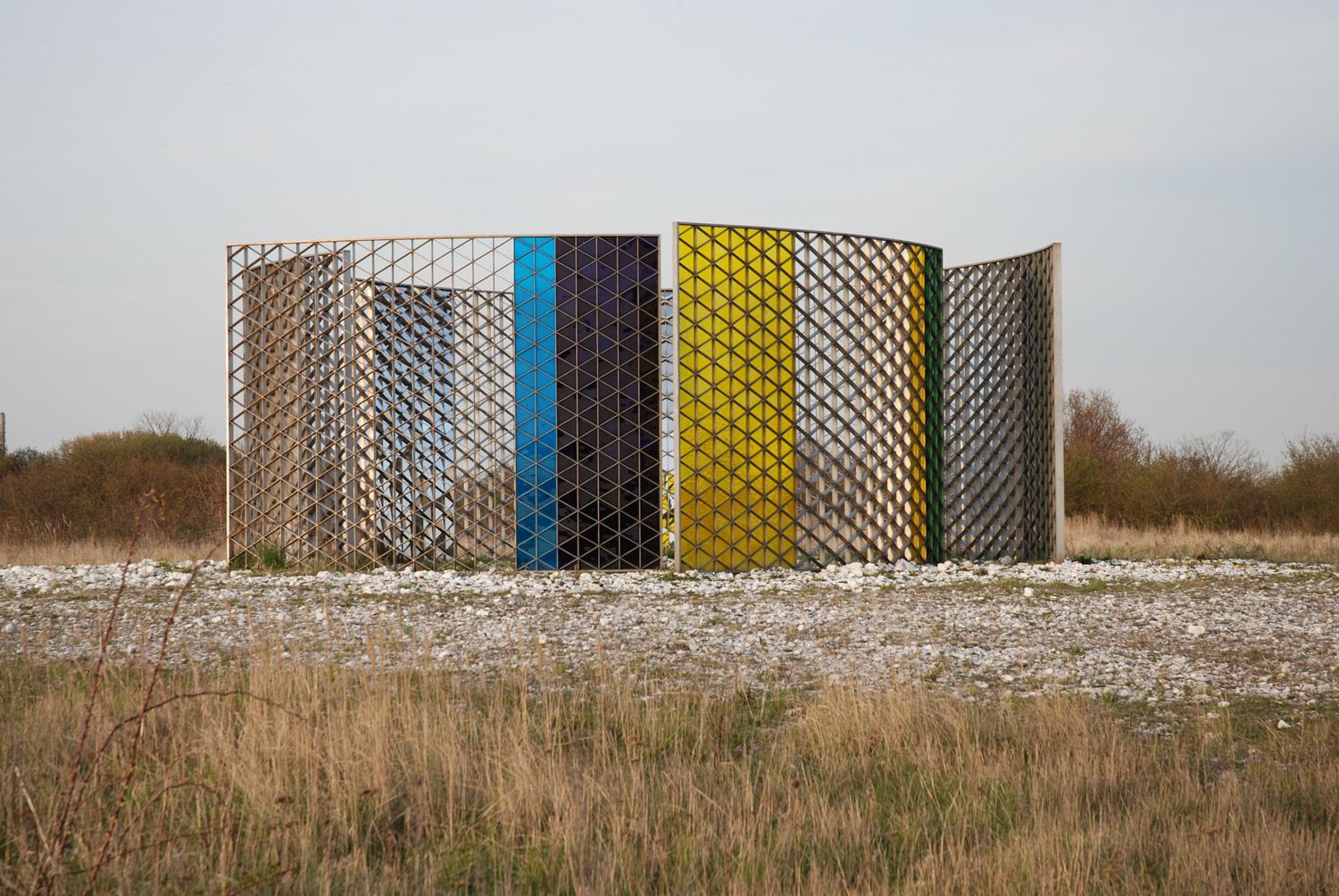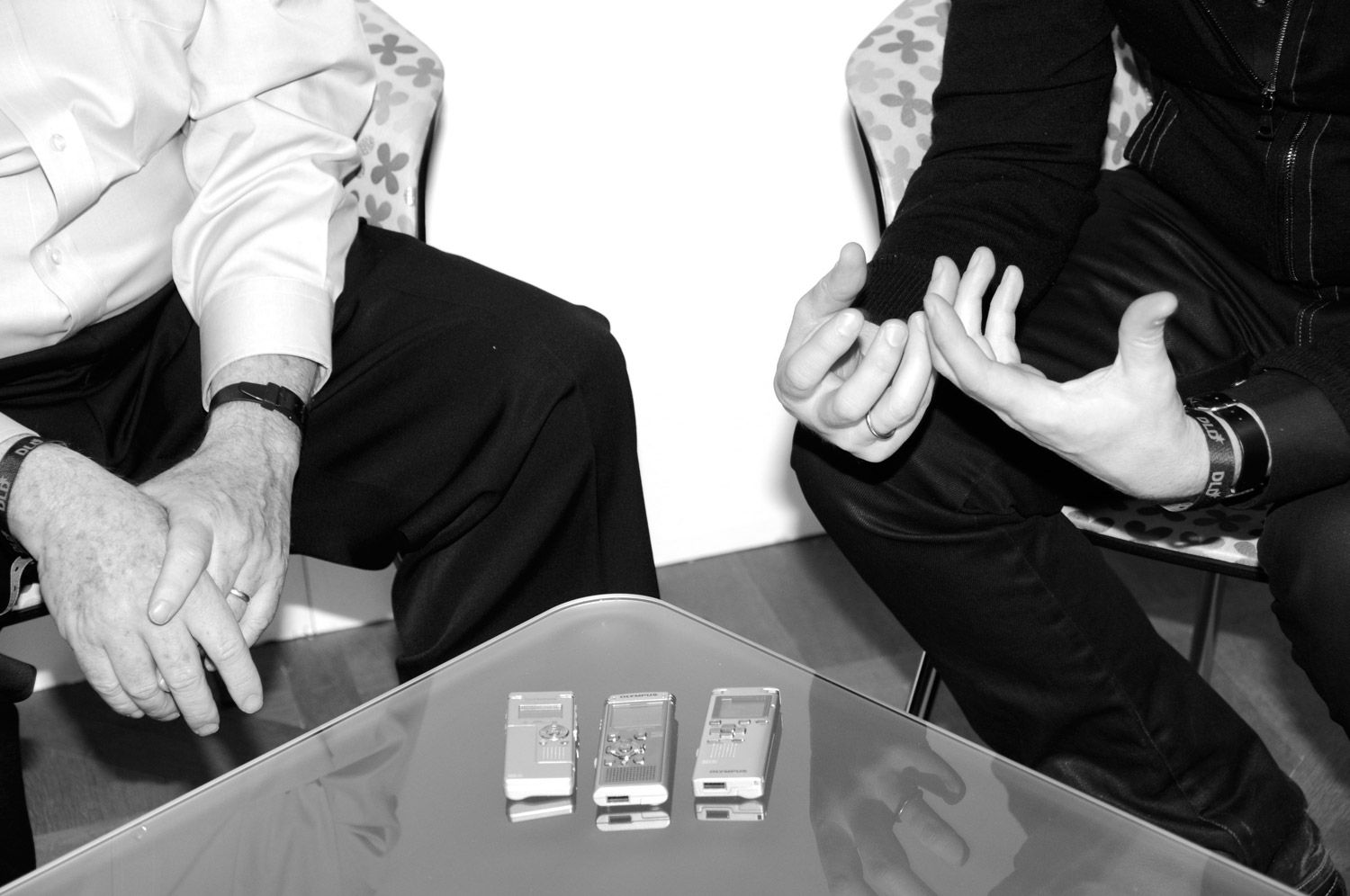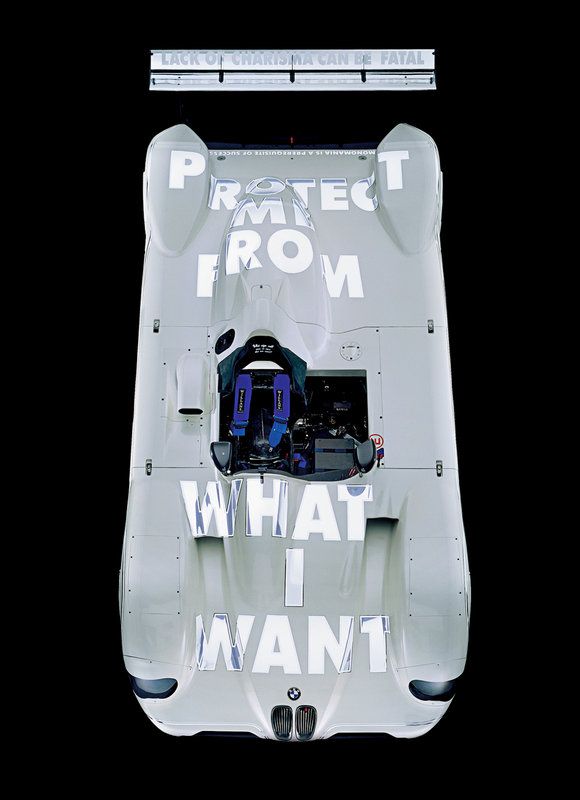Open House: A Look Into STUDIO OLAFUR ELIASSON
|Mitch Speed
In the first photograph of his new book Open House, Danish-Icelandic artist Olafur Eliasson leads a flock of his employees through a cloud of mist – part of his own artwork – like a transcendental shepherd. The book’s title suggests an invitation into Eliasson’s storied Berlin studio and delivers on this tantalizing proposition. But it also serves to float Eliasson’s own mythology as a frontiersman in the hazy boundaries between contemporary art-making and start-up culture.
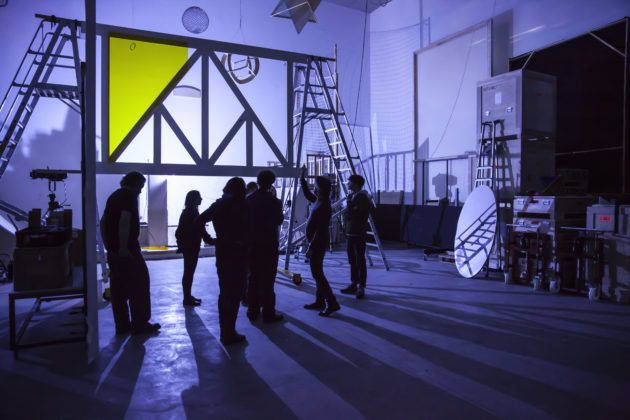
While passages that feel like public relations get under the skin, Open House features essays by Mihret Kebede, Timothy Morton, and others, which elaborate on the most pertinent topics of Eliasson’s output: global warming and the refugee crisis. The contestable but nevertheless compelling takeaway of these texts is that the art world might produce a deeper comprehension of our world’s plight. Sometimes, the interviews contain vulnerable moments, as when the book’s editor Joanna Warsza presses Eliasson on the similarity between his studio and the neoliberal corporate model, in which capitalism, as usual, is dressed up in nap-pods and altruistic rhetoric. Although the artist’s response that “a degree of functionality doesn’t immediately derail the cultural train” belies art’s autonomy, the interview provides a lucid, plainspoken look at the new zone in which Eliasson is working.
Early in the book, Warsza points out that “parts of the critically minded art scene tend to roll their eyes when the studio is mentioned in conversation.” These critics surmise correctly that the artist is transitioning into a multi-faceted brand. Having already collaborated with BMW, released a cookbook, and designed a solar powered lamp intended to serve third world countries, Eliasson here discloses designs to enter the broadcast industry. He would like the filmmaker Adam Curtis to launch his next documentary on the studio’s website. Many spreads and scrap-book photo layouts corroborate the suspicion that Eliasson’s studio is akin to a tech campus, with images depicting his staff working, chatting, and partaking in “movement experiments.” While the photos bespeak a pleasant and democratic workplace, the book repeatedly draws Eliasson into the center of attention.
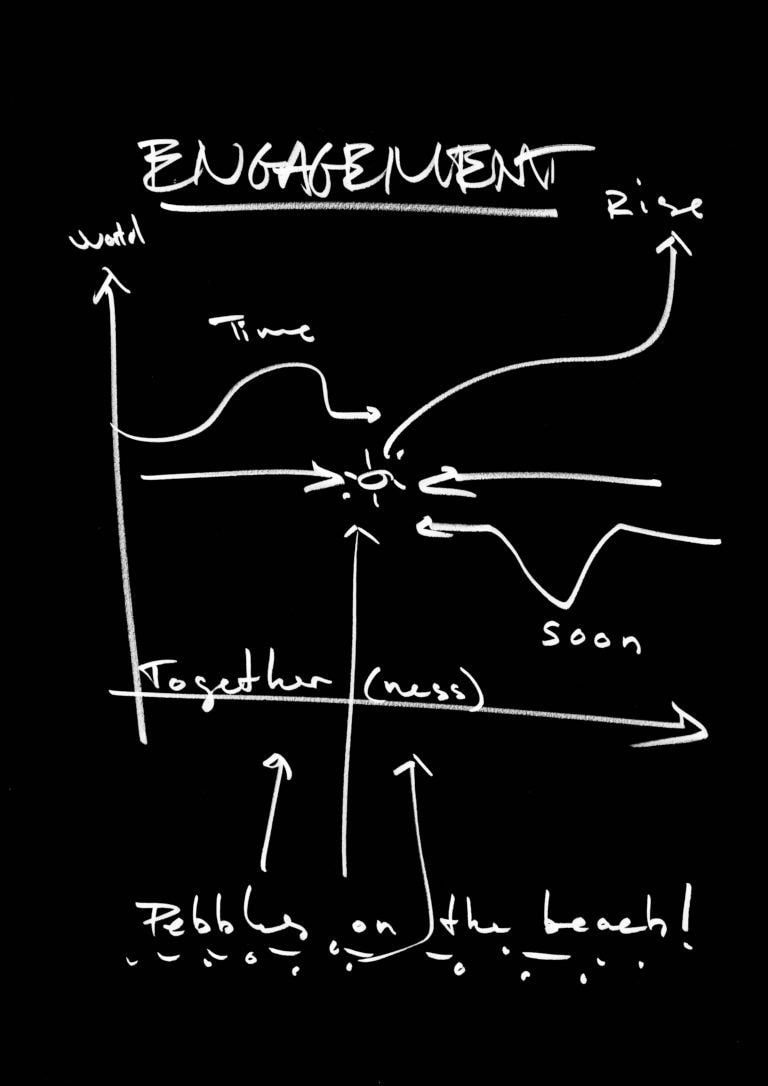
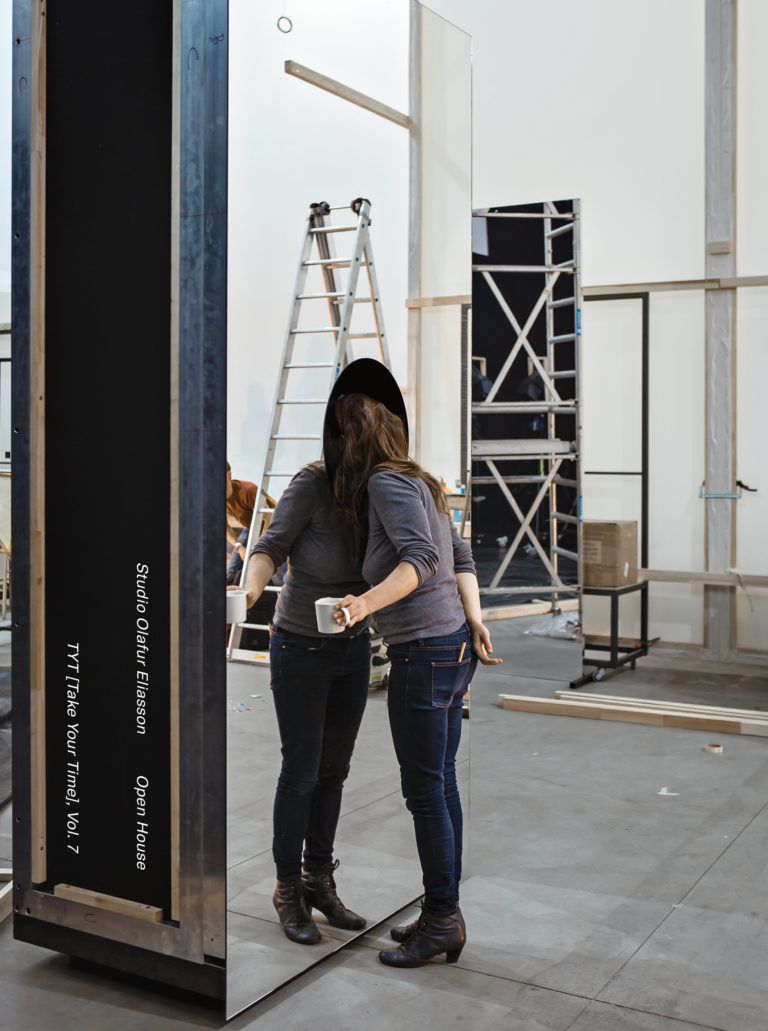
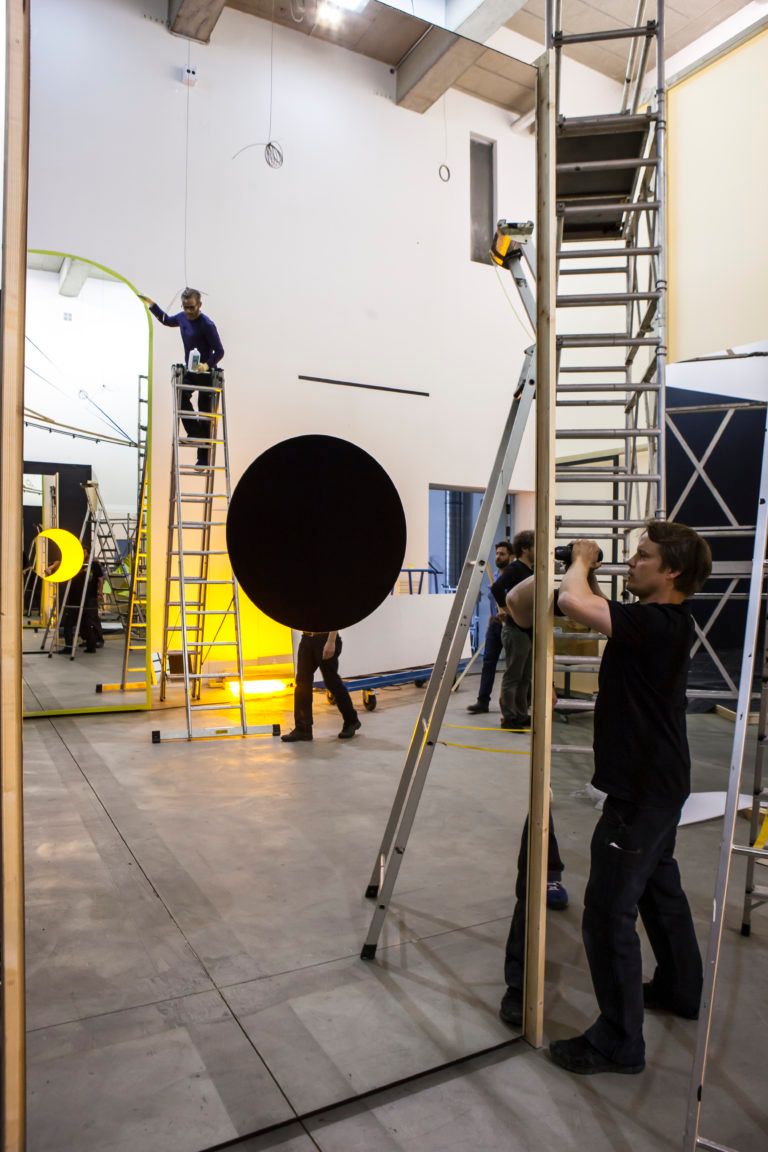
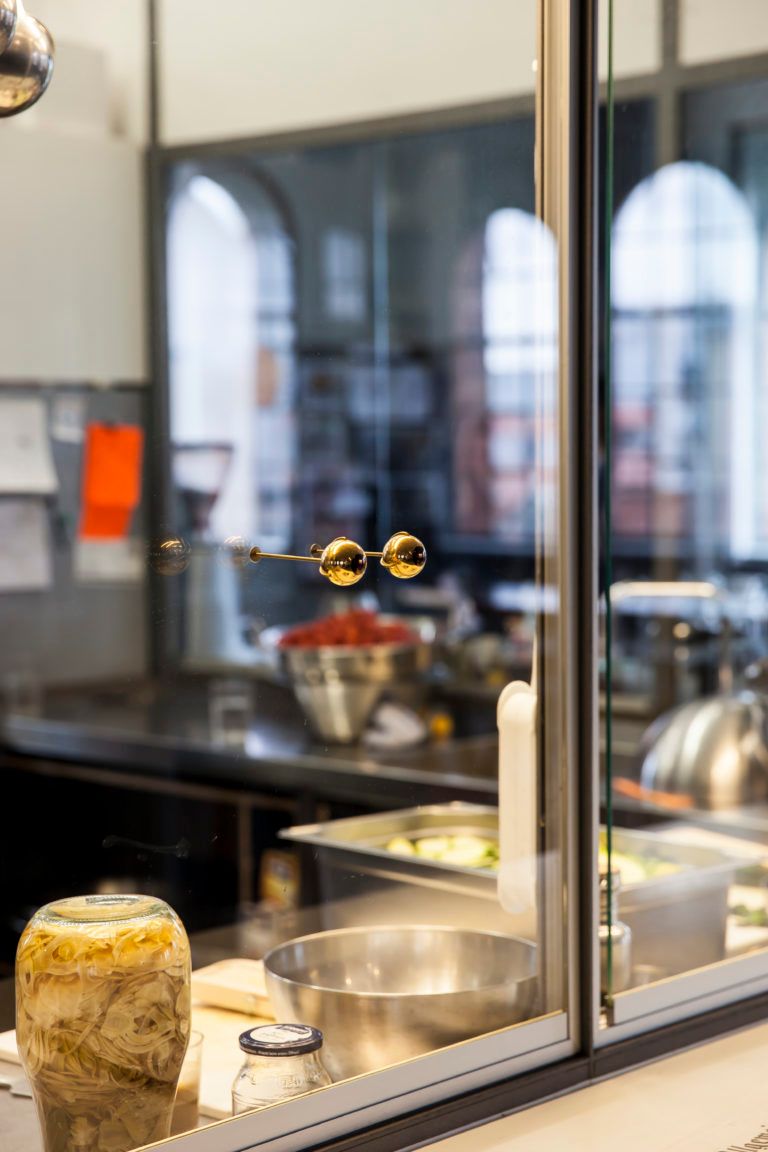
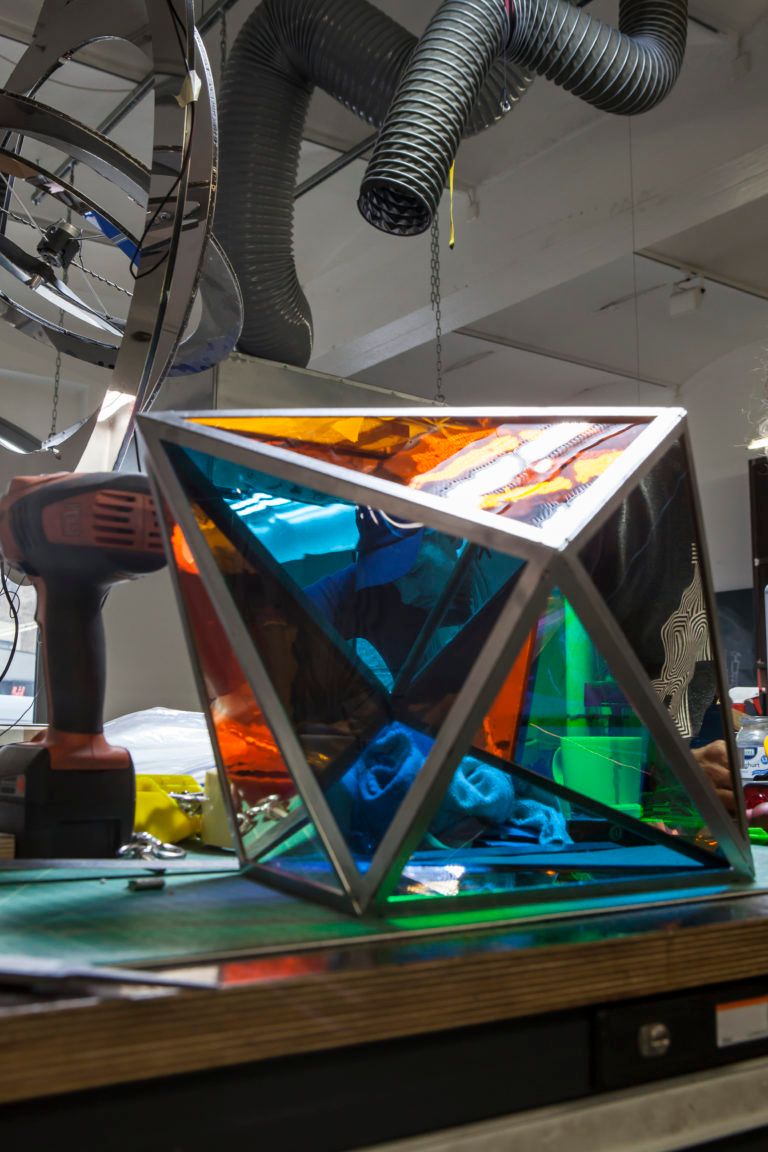
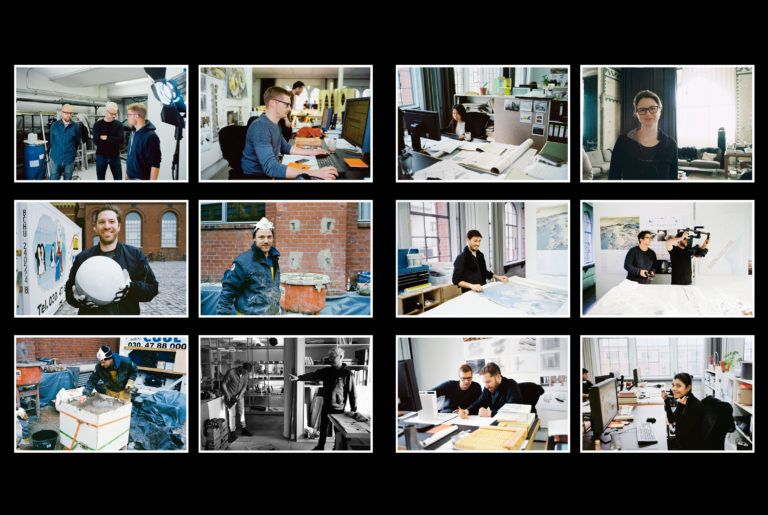
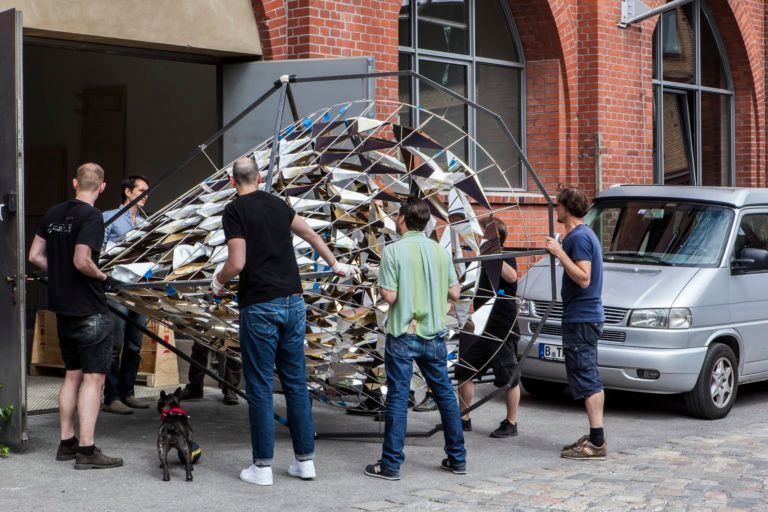
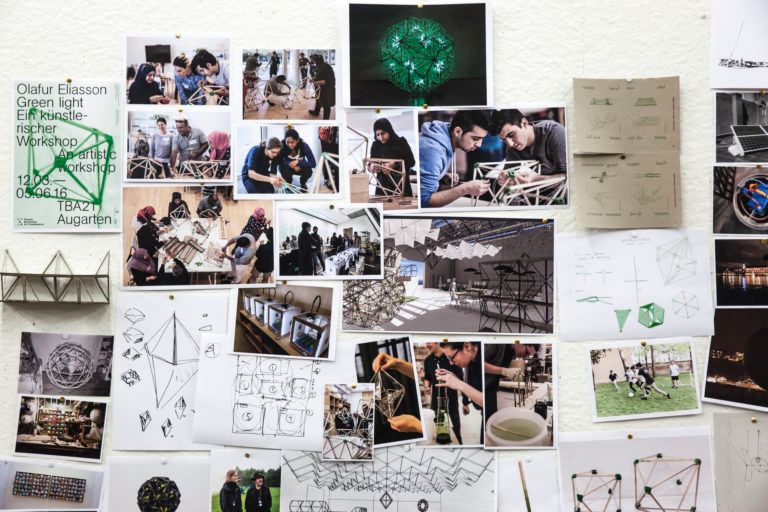
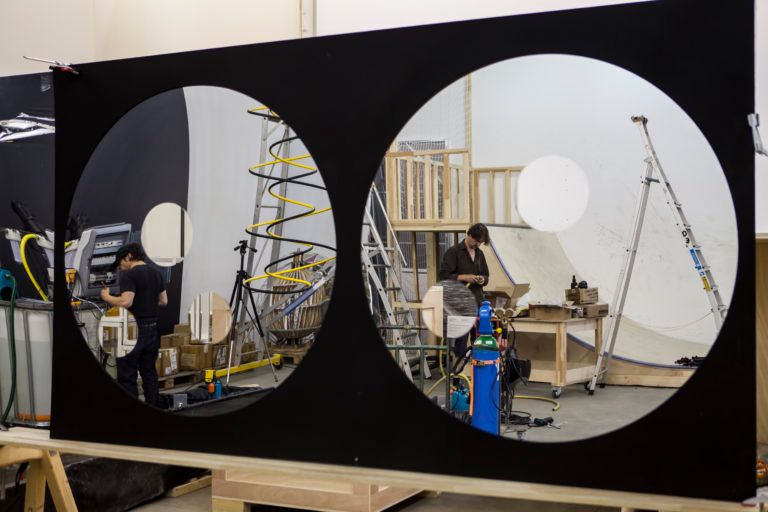
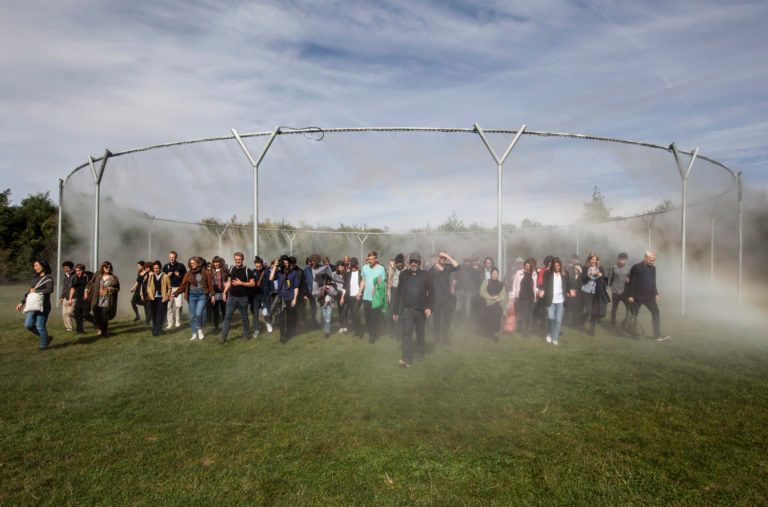
It has long been common for economically disadvantaged artists – struggling to exert their own creativity – to take jobs working creatively for art stars. Open House sometimes alludes to this reality, in moments that pit Eliasson’s generosity as an employer against the subtle depressiveness of all neoliberal workplaces. “Even if you’re just drilling holes all day,” one employee remarks, “it’s still good to be able to talk.” Such conflicted sentiments complicate the balmy image of studio Eliasson, where gourmet staff lunches are prepared by chef Lauren Maurer (also interviewed). Given how many people toil daily in cubicles and sweatshops, these courtesies are no small thing. Unfortunately, they are here muddied by compulsive representations of Eliasson’s own mind at work. Repeatedly, readers must flip through reproduced book pages on which the artist has jotted notes. We are to understand that he is a Renaissance man: artist, entrepreneur, and philosopher. In our mindlessly consumptive age, it is reassuring to see artists are doing this kind of heavy lifting. Here, though, the mist obscures the meaning.
Credits
- Text: Mitch Speed
- Photography: Runa Maya Mørk Huber, María del Pilar García Ayensa / Studio Olafur Eliasson ©Olafur Eliasson
